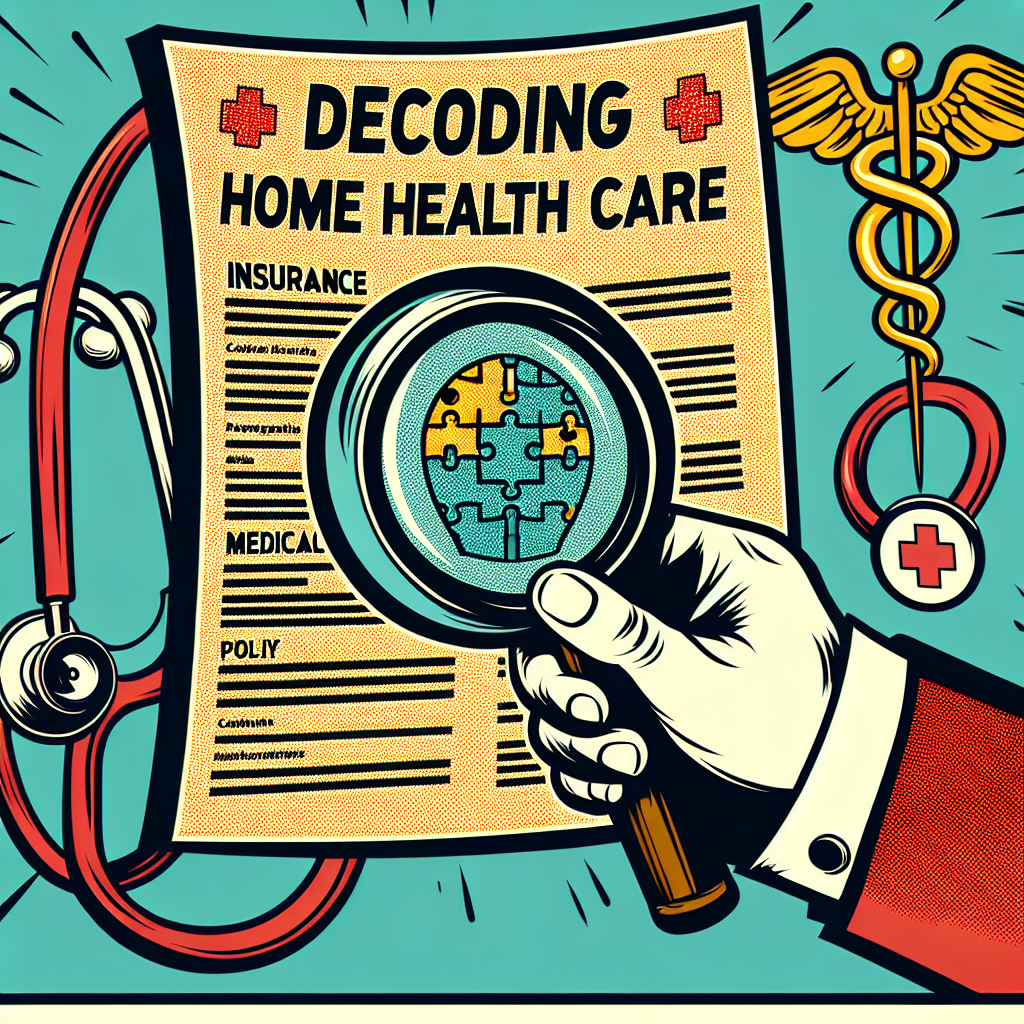Filed under Auto Insurance on
Auto Insurance After a PIP Claim: What to Expect

Managing your car insurance is rarely top of mind—until you’re in an accident and need to use your coverage. If you’ve recently filed a Personal Injury Protection (PIP) claim, you may be wondering what happens next: Will your premium go up? Will your insurer treat you differently? Can you switch companies? Understanding what to expect after a PIP claim can help you make smarter decisions and avoid surprises on your next bill.
This guide breaks down how auto insurance after a PIP claim typically works, how insurers evaluate your risk, and what you can do to keep costs under control.
Understanding What a PIP Claim Really Means
Before you can predict how your coverage might change, it helps to be clear about what a PIP claim actually signals to your insurance company.
What Is Personal Injury Protection (PIP)?
Personal Injury Protection is a type of no-fault auto coverage that helps pay for medical expenses and, in many states, lost wages and related costs after a crash, regardless of who caused the accident. It’s mandatory in some no-fault states and optional in others. When you file a PIP claim, you’re tapping into this coverage to pay for:
- Hospital and medical bills after an accident
- Rehabilitation or physical therapy
- Lost income if you can’t work
- Essential services (like childcare or household help) in some states
- Funeral expenses in severe cases
From the insurer’s perspective, PIP claims are medical-based, not property-based. That distinction matters when you’re looking at auto insurance after a PIP claim and trying to understand future pricing.
No-Fault Doesn’t Mean “No Impact”
PIP is often part of a no-fault insurance system, meaning each driver’s own policy pays certain losses regardless of fault. Many drivers assume “no-fault” means a claim won’t affect them personally. While PIP claims don’t always mean a dramatic premium spike, they still go on your claims history and may influence how an insurer views your long-term risk profile.
How Insurers Evaluate Auto Insurance After a PIP Claim
Every company uses its own formulas, but most look at similar data when reassessing your policy. Understanding these factors gives you a clearer picture of what to expect.
1. Fault and Accident Circumstances
In a no-fault state, your PIP coverage pays out regardless of who caused the crash. However, insurers still determine fault for underwriting and rating. A PIP claim connected to an at-fault accident may carry more weight than one where another driver was clearly responsible.
- At-fault accident with injuries: Higher likelihood of a rate increase once the policy renews.
- Not-at-fault accident: Impact may be mild to moderate, depending on the insurer and state rules.
- Single-vehicle crash (e.g., hitting a pole): Often treated as at-fault, which can raise risk in the eyes of the company.
Insurers use historical loss data to correlate certain types of claims with future loss potential. So when they update your auto insurance after a PIP claim, they’re effectively asking: “Does this make it more likely we’ll pay out again?”
2. Claim Severity and Payout Amount
Not all PIP claims are equal. A small emergency room visit that costs a few hundred dollars carries different implications than months of treatment and lost wages. Companies closely track:
- Total medical expenses paid
- Duration of claim (how long treatment lasted)
- Whether long-term or permanent injuries are involved
Large or complex claims can indicate ongoing medical risk, which may influence both pricing and future underwriting decisions. Mild injuries with quick recovery tend to be less concerning from a risk perspective.
3. Your Overall Claims History
Auto insurance after a PIP claim is rarely evaluated in isolation. Insurers zoom out and look at your full record:
- Number of claims in the last three to five years (any coverage type)
- Frequency of medical-related claims vs. minor fender benders
- Combination of PIP, bodily injury, and collision claims
Industry research consistently shows that drivers with multiple claims in a short window are statistically more likely to file again. A single PIP claim might have a small impact, but when layered on top of other incidents, it can become a bigger factor.
4. State Laws and Regulatory Limits
Where you live plays a major role in what happens to your auto insurance after a PIP claim. Some states restrict how insurers can use no-fault medical claims for rating. Others allow broader flexibility.
In certain no-fault jurisdictions, regulators limit or carefully define how companies can adjust premiums based on PIP usage alone. In more flexible states, insurers may weigh PIP claims more heavily in their pricing algorithms. Checking your state’s department of insurance website can give you insight into the local rules that apply to your policy.
5. Your Policy Structure and Current Discounts
Another subtle factor: how your current policy is built. A PIP claim can indirectly affect:
- Claim-free discounts: Filing may cause you to lose a “no-claims” or “safe driver” discount at renewal.
- Telematics or usage-based programs: If you’re in a program that uses driving behavior, the accident triggering the PIP claim could influence your score.
- Bundling savings: While one PIP claim alone rarely breaks a bundle, multiple claims across home and auto may prompt a closer review.
Even if the base rate doesn’t skyrocket, losing discounts can make your auto insurance after a PIP claim feel more expensive.
Will Your Premium Go Up After a PIP Claim?
One of the most pressing questions is whether auto insurance after a PIP claim always costs more. The honest answer: it depends, but you should be prepared for at least some change.
What Typically Triggers a Rate Increase?
Insurers are more likely to raise your premium when:
- The PIP claim is tied to an at-fault accident with injuries
- The payout was significant or long-term treatment was required
- You have a recent history of multiple claims or violations
- You lost a major claims-free or incident-free discount
Industry data suggests that even a single at-fault injury accident can stay on your rating record for three to five years, gradually having less impact as time passes.
Situations Where Your Rate Might Stay Stable
There are also scenarios where your auto insurance after a PIP claim may not budge much at all:
- The other driver was clearly at fault and their insurer accepted liability
- Your state restricts rating based on certain PIP claim types
- The claim was small and you have a long, clean driving history
- Your insurer offers “accident forgiveness” and applies it to the incident
Some companies use multi-tiered rating systems that are more forgiving of a single, isolated claim—especially if you’ve been a loyal customer with no prior issues.
How Long a PIP Claim Affects Your Rate
Auto insurance after a PIP claim doesn’t stay elevated forever. Insurers typically look back three to seven years for serious incidents, but most rate impact is concentrated in the first three years. The timeline often looks like this:
- Year 1: Claim is fresh; any surcharge or discount loss is fully applied.
- Years 2–3: Impact may gradually soften if no new claims occur.
- After Year 3: Many companies begin to weigh the incident less or remove it from rating models, depending on state rules and internal guidelines.
Staying claim-free after your PIP incident is one of the most effective ways to reduce long-term cost.
How a PIP Claim Can Affect Coverage Options
Beyond price, auto insurance after a PIP claim can influence the coverage options available to you in subtle ways.
Renewal Decisions
Most drivers will see their policy renewed as usual, albeit sometimes at a different rate. Non-renewal solely because of a single PIP claim is uncommon—but not impossible if the claim is part of a broader pattern of losses, serious violations, or high-risk behavior.
If your insurer does choose not to renew, they typically must provide written notice and a reason within a legally defined timeframe. You then have the opportunity to shop around for new coverage before the existing policy ends.
Changes to Deductibles or Limits
After reviewing your claim, your insurer might recommend or, in rare cases, require adjustments in your policy structure:
- Higher PIP deductibles (where allowed by state law)
- Encouraging you to raise liability limits to better protect future medical costs
- Suggesting add-ons like medical payments coverage if available
These adjustments are often framed as risk management, both for you and the insurer. If you’re unsure whether proposed changes make sense, ask for a detailed explanation or a side-by-side comparison.
Impact on Switching Insurers
You are free to shop for new auto insurance after a PIP claim, but any company you approach will see that claim on your report. Most applications ask about:
- Claims within the last three to five years
- Injury-related accidents or medical payouts
- At-fault vs. not-at-fault incidents
Some carriers specialize in drivers with recent claims and may price more competitively than your current insurer. Others target low-risk drivers and may quote higher premiums after a PIP claim. Comparing several offers is often the only way to see where you stand.
Steps to Take Immediately After a PIP Claim
How you handle things in the months following your accident can make a meaningful difference in how your auto insurance after a PIP claim evolves.
1. Review Your Policy and Claim Details
Request a full explanation of benefits from your insurer so you understand:
- Exactly what PIP paid for (medical, wages, services)
- Total amounts paid to date
- Coverage limits remaining, if any
Carefully reviewing this information gives you a clear picture of the claim’s scope, which can help you anticipate how it might influence renewals.
2. Talk to Your Agent or Representative
Don’t wait for renewal documents to show up. Reach out proactively and ask:
- Whether the PIP claim is likely to affect your rate
- How long the incident will remain on your rating record
- What steps you can take now to minimize long-term impact
Agents can’t always quote future prices on the spot, but they can give valuable guidance about how their company generally handles auto insurance after a PIP claim.
3. Monitor Your Medical and Documentation Trail
Keep thorough records of medical treatments, bills, and communications with providers. Accurate documentation helps ensure your PIP coverage is used appropriately and can help prevent billing disputes that might extend or complicate the claim.
In some cases, insurers look for patterns of excessive or questionable medical billing. Staying organized and transparent can help keep your claim straightforward and reduce the chance of additional scrutiny.
Strategies to Manage Costs After a PIP Claim
Even if your premium rises, you’re not powerless. You can take strategic steps to keep auto insurance after a PIP claim as affordable as possible.
1. Compare Quotes from Multiple Insurers
Once your claim is settled or largely paid out, it can be worth getting quotes from several carriers. When you do:
- Use the same coverage limits and deductibles for apples-to-apples comparison.
- Disclose the PIP claim accurately—undisclosed claims usually surface in database checks.
- Ask each company how long they’ll rate the claim and at what level.
Price differences between insurers for the same driver can be significant, especially after a medical claim, so shopping around can pay off.
2. Reevaluate Your Coverage Mix
It may be time to fine-tune your policy design. Options include:
- Raising comprehensive or collision deductibles to reduce monthly premiums (only if you have savings to cover the higher out-of-pocket cost).
- Confirming your PIP limit is appropriate for your state, health insurance situation, and typical medical costs.
- Ensuring liability limits are high enough to protect your assets in a serious injury scenario.
The goal is not to slash coverage blindly, but to align your auto insurance after a PIP claim with your current budget and risk tolerance.
3. Build or Restore Discounts
After a claim, maximizing available discounts becomes more important. Ask your insurer about:
- Defensive driving or accident prevention courses
- Good student or alumni association discounts
- Multi-vehicle or multi-policy savings
- Vehicle safety features and low-mileage discounts
Insurers often review discounts at renewal, so proactively updating your profile can offset some of the increased cost of auto insurance after a PIP claim.
4. Consider a Telematics or Usage-Based Program
Many carriers now offer programs that monitor driving habits via a mobile app or plug-in device. Safe driving behavior—steady speeds, gentle braking, limited nighttime driving—can earn significant savings over time.
If you are confident in your driving habits, this can be a powerful way to show insurers you’re a lower risk than your recent PIP claim might suggest.
Common Myths About Auto Insurance After a PIP Claim
PIP coverage is often misunderstood. Clearing up these myths helps you make more informed decisions.
Myth 1: “A PIP Claim Never Affects My Premium Because It’s No-Fault”
While no-fault laws dictate how medical expenses are paid, they don’t always control how insurers can use claims data for rating. In many states, a PIP claim can influence pricing—especially when tied to an at-fault accident.
Myth 2: “Filing a PIP Claim Is Always a Bad Idea Financially”
Delaying or avoiding needed treatment just to protect your rate can be risky and costly in the long run. PIP exists to ensure you receive timely care after a crash. The key is to use coverage appropriately, stay informed, and manage your policy proactively afterward.
Myth 3: “Once My Premium Jumps, It Will Never Come Down”
Insurers regularly re-evaluate policyholders. As the PIP claim ages, your driving improves, and you go claim-free, your risk profile can improve. Many drivers see rates stabilize or decrease over several renewal cycles, especially if they actively work on discounts and safe driving.
When to Seek Professional Guidance
Most situations involving auto insurance after a PIP claim can be handled through your insurer and your own research. However, more complex cases may warrant outside help.
- Legal counsel: If fault is disputed, injuries are serious, or you’re worried about long-term financial exposure, consulting an attorney familiar with auto and injury law in your state can be important.
- Independent insurance agent or broker: If you’re considering changing carriers, a broker who works with multiple companies can help you identify which insurer is most favorable to your current claims profile.
- State insurance department: If you believe your insurer is applying unfair surcharges or violating state rules, regulators can provide guidance and, in some cases, intervene.
Planning Ahead: Protecting Yourself Before the Next Claim
One of the lessons many drivers take away from handling auto insurance after a PIP claim is the value of planning ahead. Before another incident ever occurs, consider:
- Reviewing PIP and medical coverage annually to keep pace with healthcare costs and your personal situation.
- Maintaining an emergency fund to cover deductibles and temporary expenses.
- Enrolling in safe-driving courses or technology programs to lower both real-world risk and perceived risk.
- Updating your insurer whenever your mileage, commute, or life circumstances change in ways that could reduce risk.
Thoughtful preparation won’t prevent every accident, but it can make navigating auto insurance after a PIP claim far less stressful and more financially manageable.
Key Takeaways: What to Expect After a PIP Claim
Filing a PIP claim can feel overwhelming, but understanding the typical patterns helps you stay in control. Here’s what to remember:
- A PIP claim becomes part of your claims history and can influence your premium, especially when linked to an at-fault accident or substantial medical costs.
- The impact on auto insurance after a PIP claim depends heavily on state laws, insurer practices, your overall driving record, and the size and nature of the claim.
- Your rate may rise, stay stable, or in rare cases even drop if other factors change—but any increase tends to diminish over time if you remain claim-free.
- You can manage costs by reviewing your coverage, maximizing discounts, considering telematics programs, and comparing quotes from multiple insurers.
- Proactive communication with your insurer or agent is one of the best ways to avoid surprises at renewal and to understand your options clearly.
Auto insurance after a PIP claim doesn’t have to be a mystery. By knowing how insurers think, what factors matter most, and which steps you can take to protect yourself, you can navigate the post-claim landscape with greater confidence and financial stability.





